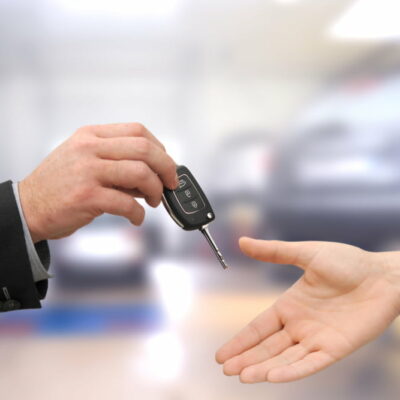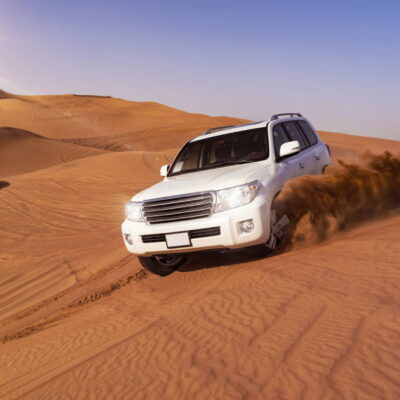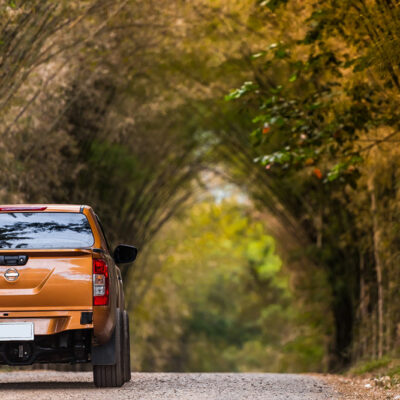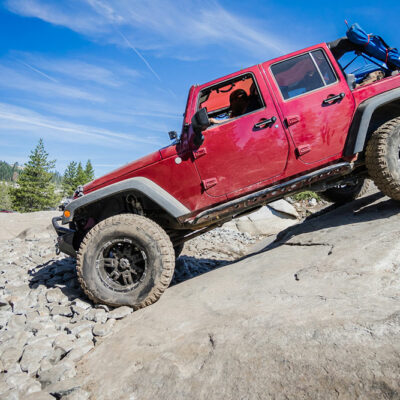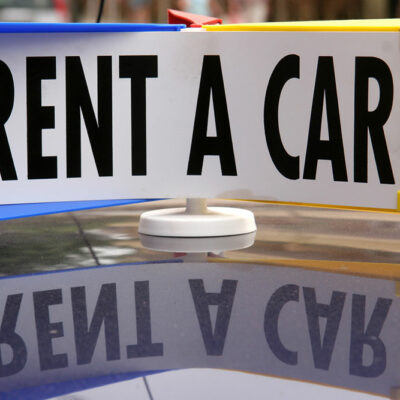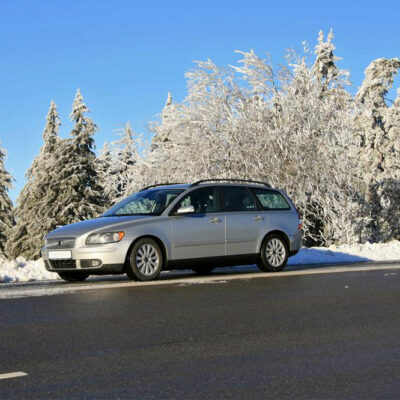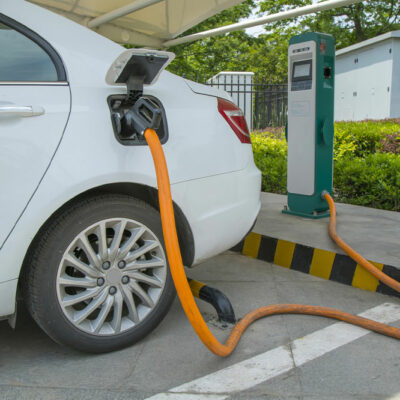
9 common mistakes to avoid while buying an electric vehicle
The automobile industry is transitioning toward a cleaner and more sustainable mode of transportation, with electric vehicles (EVs) leading the charge. As EV technology advances and becomes more accessible, many consumers are considering making the switch. But, like any significant purchase, buying an EV requires researching and planning. Deciding in haste can lead to increased expenses and unnecessary hassle. Here are some common mistakes to avoid when buying an electric vehicle. Not availing of government incentives The federal government has rolled out rewards for people who buy zero-emission vehicles, including electric cars, since they are more eco-friendly. For instance, one can get a clean vehicle tax credit of up to $7,500 on eligible EVs. Apart from this, many local and state authorities offer other incentives, such as a one-time bonus of up to $1,000 for an EV with a specified battery size or a rebate of up to $6,000. Residents with lower income levels may be eligible for more than $30,000 in rebates and incentives from both federal and state sources. These incentives are set in place to promote the adoption of EVs. Unfortunately, many buyers ignore these financial incentives and end up paying a higher initial cost. Individuals must thoroughly research any potential incentives and benefits their local authorities provide.
Read Article 